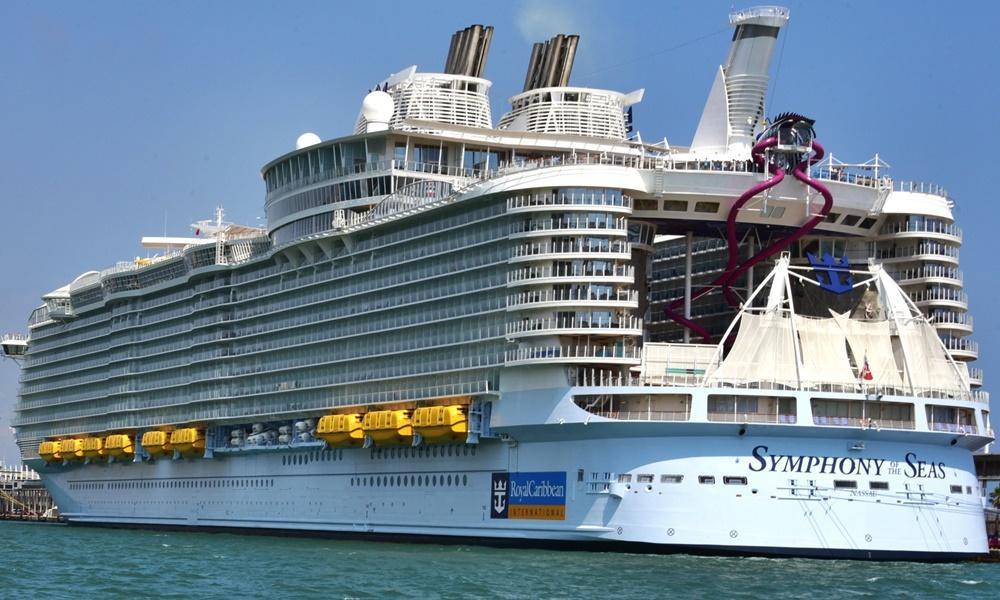Royal Caribbean Group announced it is replacing one of the most important parts of cruises - the safety drill - with Muster 2.0, a new approach to delivering safety information to passengers.
The innovative program reimagines a process originally designed for large groups into a faster, more personal approach encouraging higher levels of shipboard safety.
Via Muster 2.0, the safety drill's key elements including reviewing where to go and what to expect in case of an emergency, along with instructions on how to properly use a life jacket, will be accessible to passengers on an individual basis instead of the group approach that has been historically followed.
New technology, eMuster, will be used to provide the information to travellers via their interactive stateroom TVs and mobile devices. Vacationers will be able to review the information before setting sail, eliminating the need for the large group assemblies. The new approach enables everyone onboard to maintain better spacing as passengers move about the cruise ship, and it allows guests to enjoy their trip with no interruption.
After reviewing safety information, travellers will complete the drill by visiting the assigned assembly station, where a member of the crew will verify that all steps have been completed. Each of the steps will have to be completed prior to the departure, as required by international maritime law.
The innovation marks the first dramatic change to the safety drill in a decade since Oasis of the Seas moved the lifejackets from passenger staterooms to the ship's muster stations, which improved the process of evacuation and has been followed throughout the cruise industry.

Muster 2.0 was tested for the first time on Symphony of the Seas in January. Passengers who took part in the mock process indicated a preference for the new approach and reported better comprehension of the safety information.